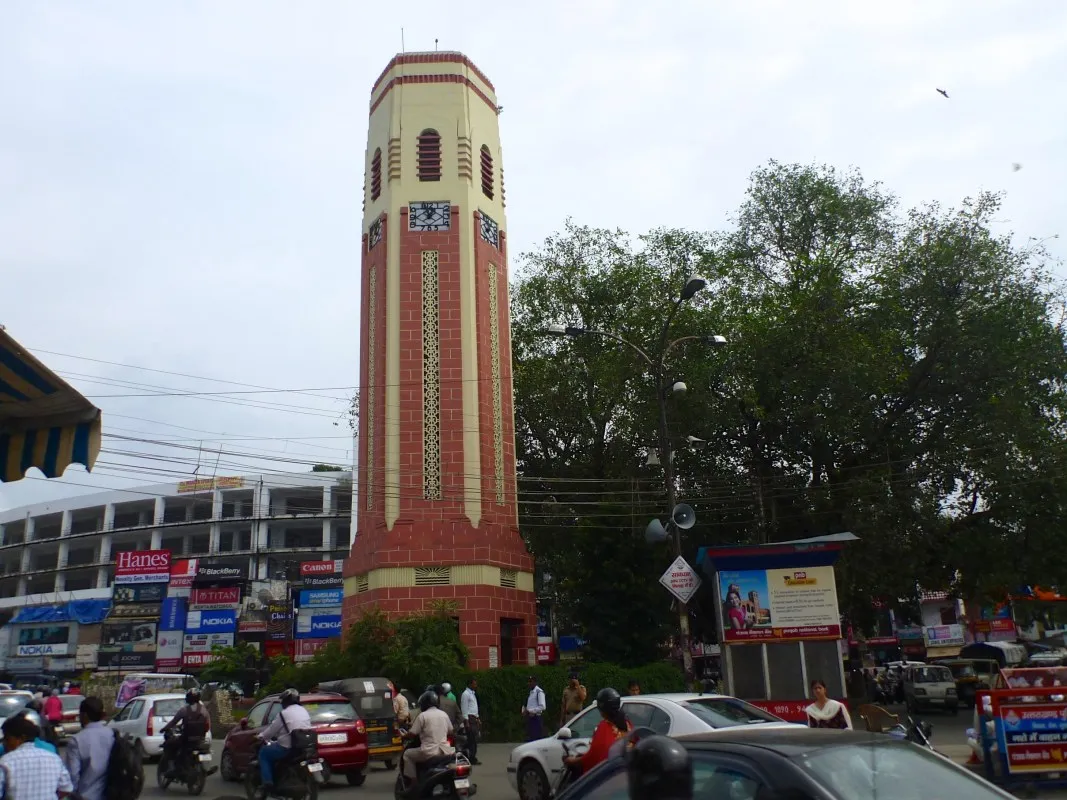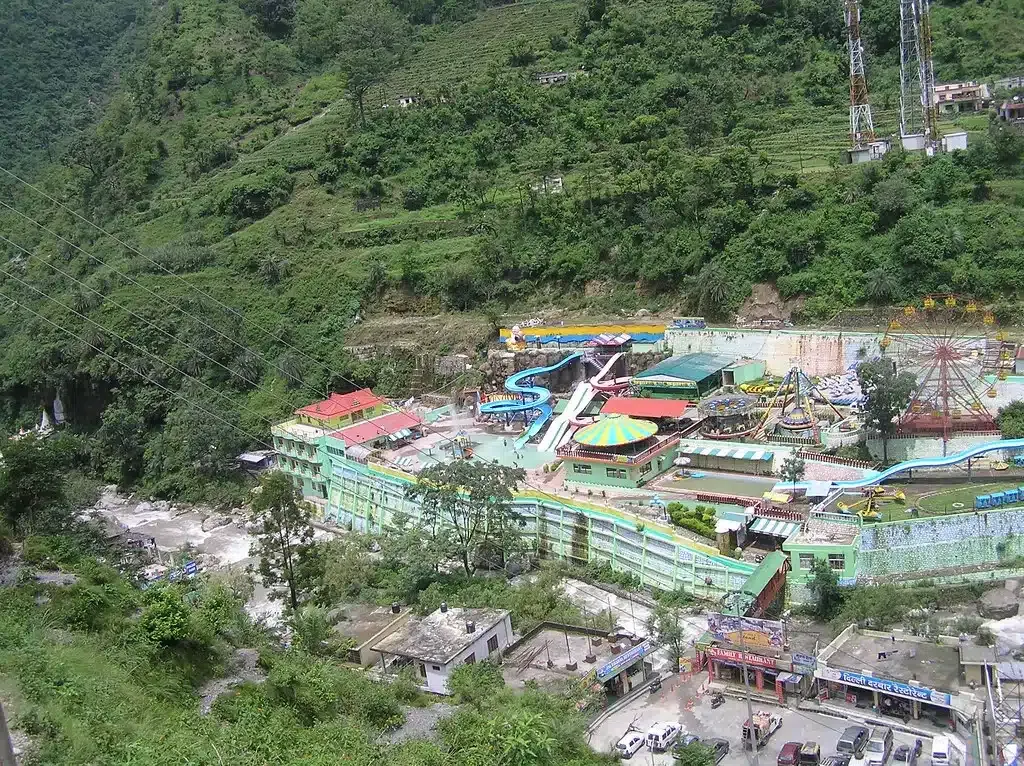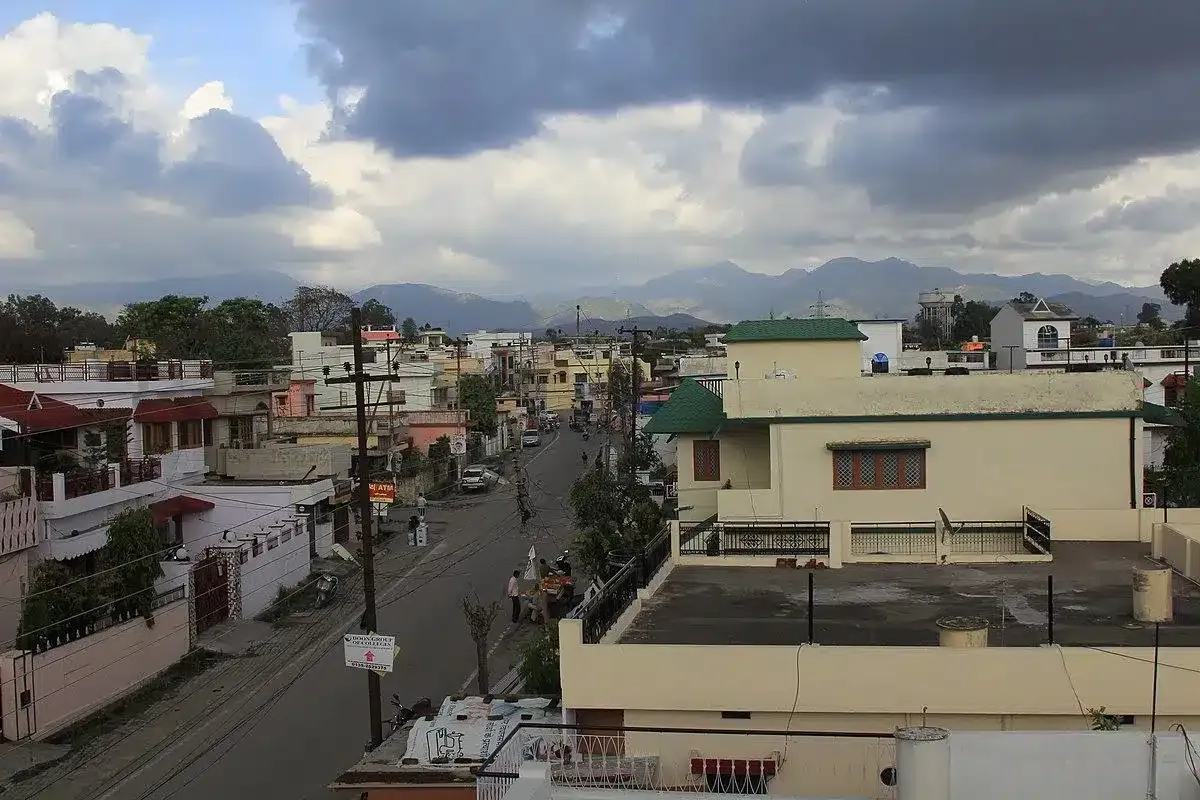Dehradun, the capital city of Uttarakhand, has been notably absent from the list of cities selected for the CITIIS 2.0 challenge. This is a significant initiative by the Ministry of Housing and Urban Affairs aimed at enhancing waste management and recycling in urban India. Despite being part of the earlier Cities 1.0 project and receiving funds for smart initiatives like the Green Corridor and Smart School projects, Dehradun’s exclusion from the latest round has raised questions and concerns.
Loss hampers Dehradun’s smart city
The exclusion represents a significant setback to Dehradun’s ‘Smart City’ aspirations, as it might now lose the Rs 119 crore assigned for garbage disposal initiatives under the Cities 2.0 project. Consequently, the city must struggle to complete the projects already in progress without the possibility of starting new ones.
Previously, Dehradun had been part of the Cities 1.0 project, which saw the implementation of the Green Corridor and Smart School projects, aimed at enhancing the infrastructure around educational institutions. The Cities 2.0 project, launched at the end of 2023, was intended to further these developments by transforming selected cities into green cities. Despite applying for this round, Dehradun Smart City Ltd. found itself excluded from the list of beneficiaries.

The implications of this decision are far-reaching. Had Dehradun been included in the project, Smart City Ltd. would have had until 2027 to bring the project to fruition, with the possibility of expansion. The Urban Development Ministry had even requested a consent letter to extend the project deadline to 2027 and to split the expenditure between the Central and State Governments. Despite compliance with these requests, Dehradun’s name was conspicuously absent from the ministry’s list.
Waste management plans remain unfulfilled
The city had ambitious plans for waste management, including a proposal for Rs 119 crore to establish a 250-ton capacity garbage sorting plant and a 100-ton capacity wet waste disposal plant, among other initiatives. However, these plans are now confined to paper, with no immediate prospect of realization.
Critics point to the Municipal Corporation’s negligence in waste management as a contributing factor to Dehradun’s exclusion. A persistent waste problem, exemplified by the longstanding garbage mound in Shishambara, has troubled the city. Even though the city has the necessary budget and systems for waste disposal, its failure to manage its waste effectively may have influenced the Ministry’s decision against endorsing any new projects for Dehradun under the Cities 2.0 scheme.

As the city grapples with this development, the question looms large: Will Dehradun remain only ‘half-smart,’ or can it navigate through these challenges to realize its full potential as a smart city? The answer lies in the city’s ability to adapt, innovate, and perhaps find alternative pathways to sustainable urban development.
Over the past two decades, the rapid growth in population and a construction boom caused a sharp rise in Dehradun’s property rates. Farmers found selling land a far easier way to earn quick money than farming. Other factors also played a role in this change. The changing climate of the valley and reduced availability of freshwater made it impossible to cultivate this special variety of rice anymore.
Dr Rakesh Shah, former chairman of state biodiversity board of Uttarakhand, told Mongabay-India, that
“Dehradun’s ecology has changed. Type-3 basmati needs fresh running water, which is scarce now. Growing it requires extra care.”
Dehradun’s smart city project concerns
The exclusion of Dehradun from the 2.0 smart city project marks a missed opportunity for the city’s development. However, if it were to be included in the future, there are concerns that the project could exacerbate existing environmental and social challenges.
One of the primary concerns is the rapid urbanization at the expense of ecologically sensitive areas. The city, once known for its lush paddy fields and flowing rivers, is now facing severe ecological degradation. High-rise buildings have replaced agricultural lands, and water bodies are decaying and filled with sewage, leading to a loss of biodiversity and traditional livelihoods.

Moreover, the project has been criticized for its poor infrastructure planning and management. Roads have been dug up for construction, causing dust, gravel, and traffic congestion throughout the city. The lack of coordination in efforts and delays in execution have resulted in public inconvenience and skepticism about the project’s success. Additionally, the city’s waste management system has been inadequate, contributing to environmental pollution and health hazards.
Lastly, the project’s approach to development has been questioned for its sustainability. The transformation of Dehradun into a ‘smart city’ has involved controversial decisions, such as acquiring tea gardens for urban development, which many argue is not a prudent use of land. The neglect of municipal responsibilities and the failure to address key issues like encroachment and congestion have further exacerbated the situation, casting doubt on the project’s viability and its ability to meet the needs of the city’s residents.
Moreover, there are fears that the smart city project may prioritize short-term economic gains over long-term environmental preservation and community well-being. The focus on rapid urbanization and infrastructure development could further strain Dehradun’s delicate ecosystem and exacerbate issues like air and water pollution.
Keep Reading
Dehradun’s Air quality plummets: a looming health hazard
Racism and discrimination hit millions of children around world
What is a smart city? How many such cities have been built in India so far?
Video: Defence College collapses amid heavy rainfall in Uttarakhand’s Dehradun
Follow Ground Report for Environmental News From India. Connect with us on Facebook, Twitter, Koo App, Instagram, Whatsapp and YouTube. Write us on GReport2018@gmail.com and subscribe our free newsletter.
Don’t forget to check out our climate glossary, it helps in learning difficult environmental terms in simple language.






